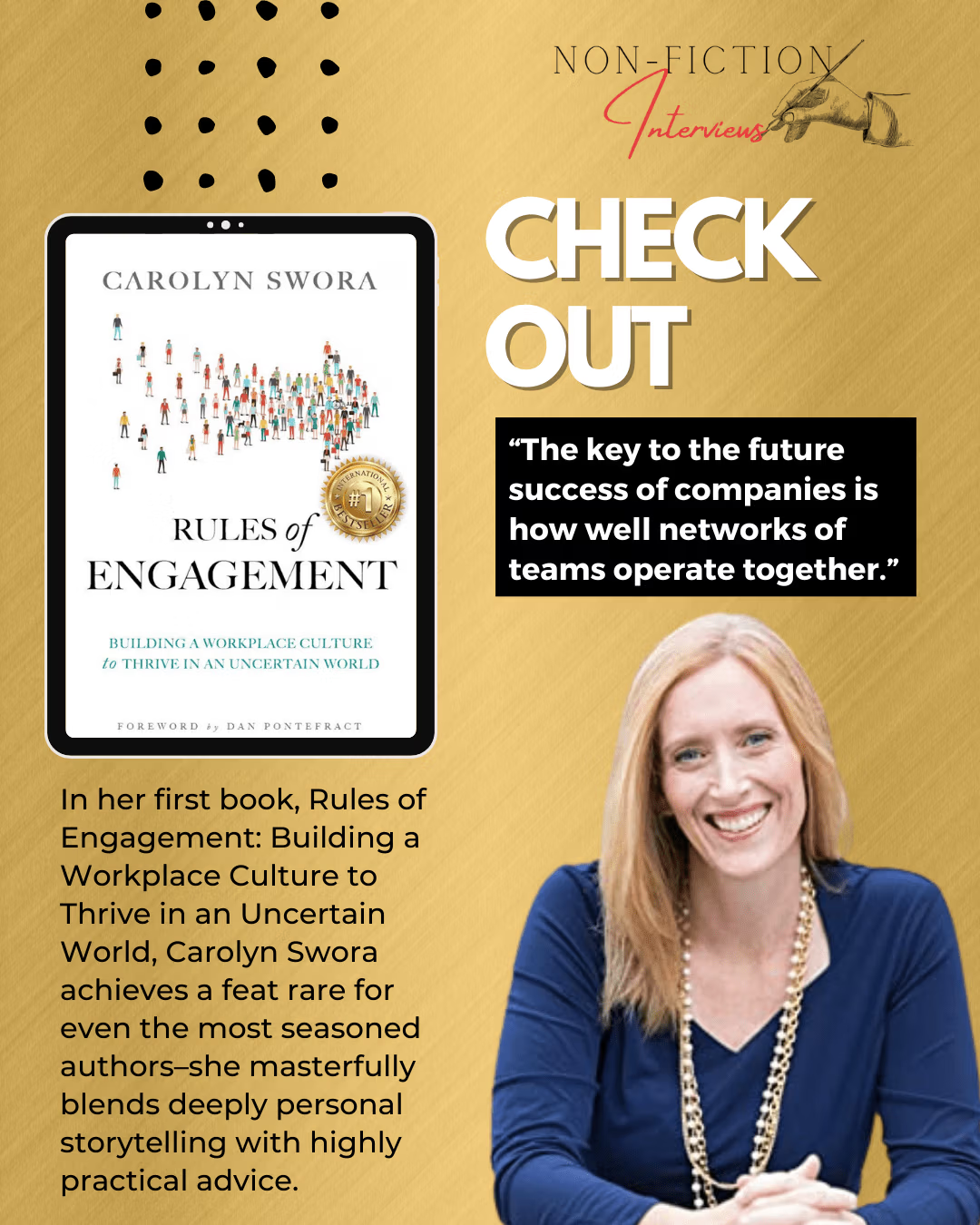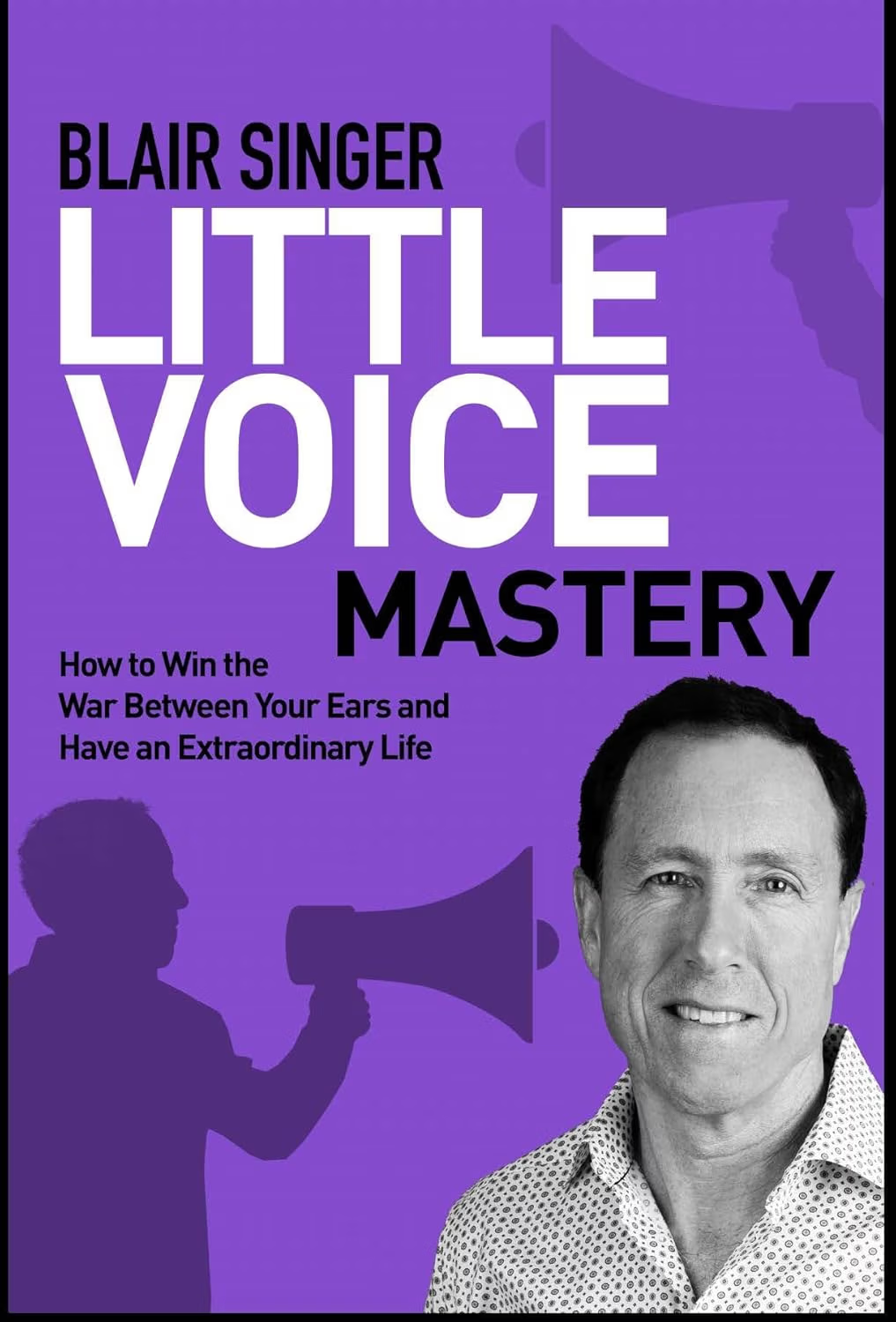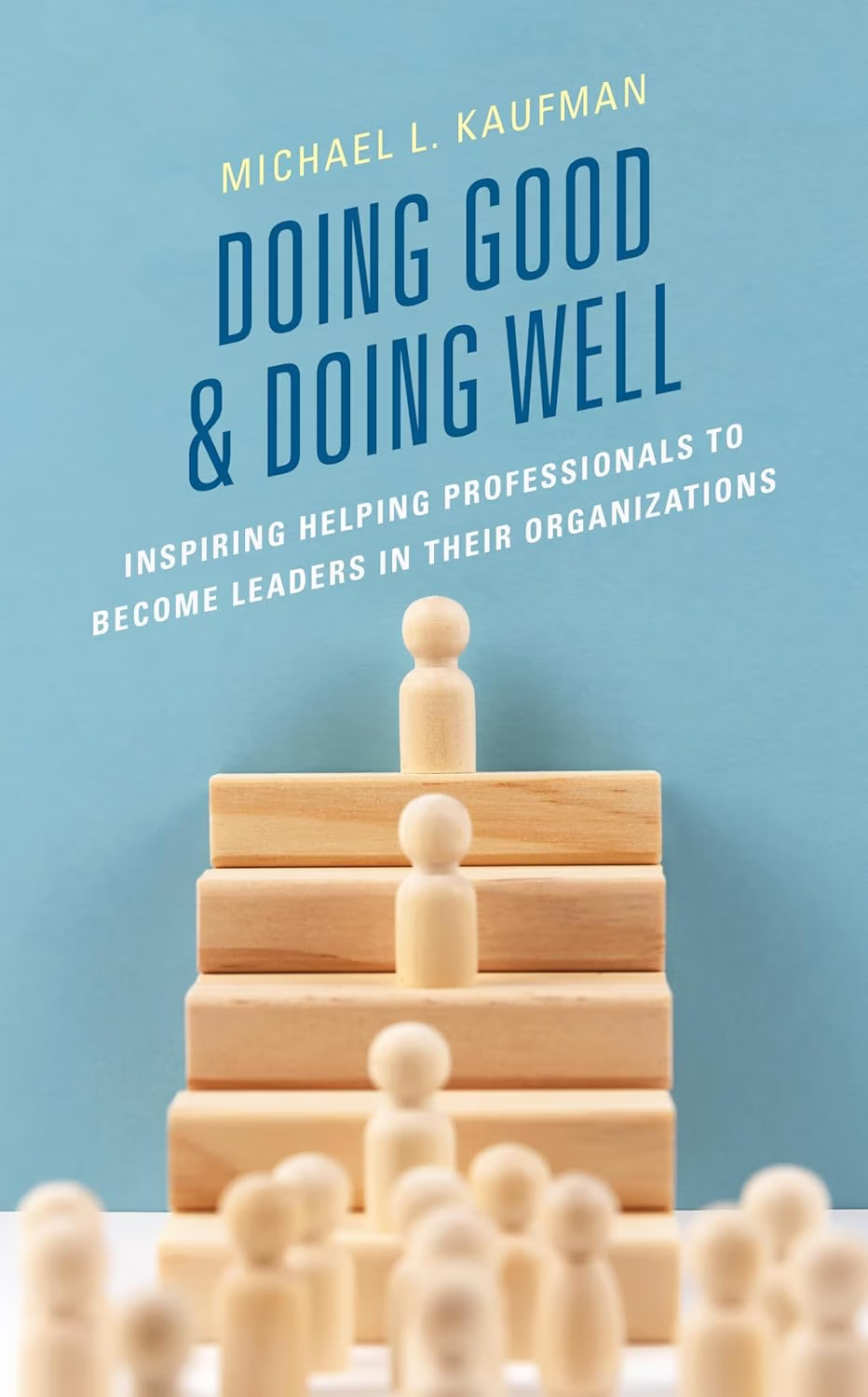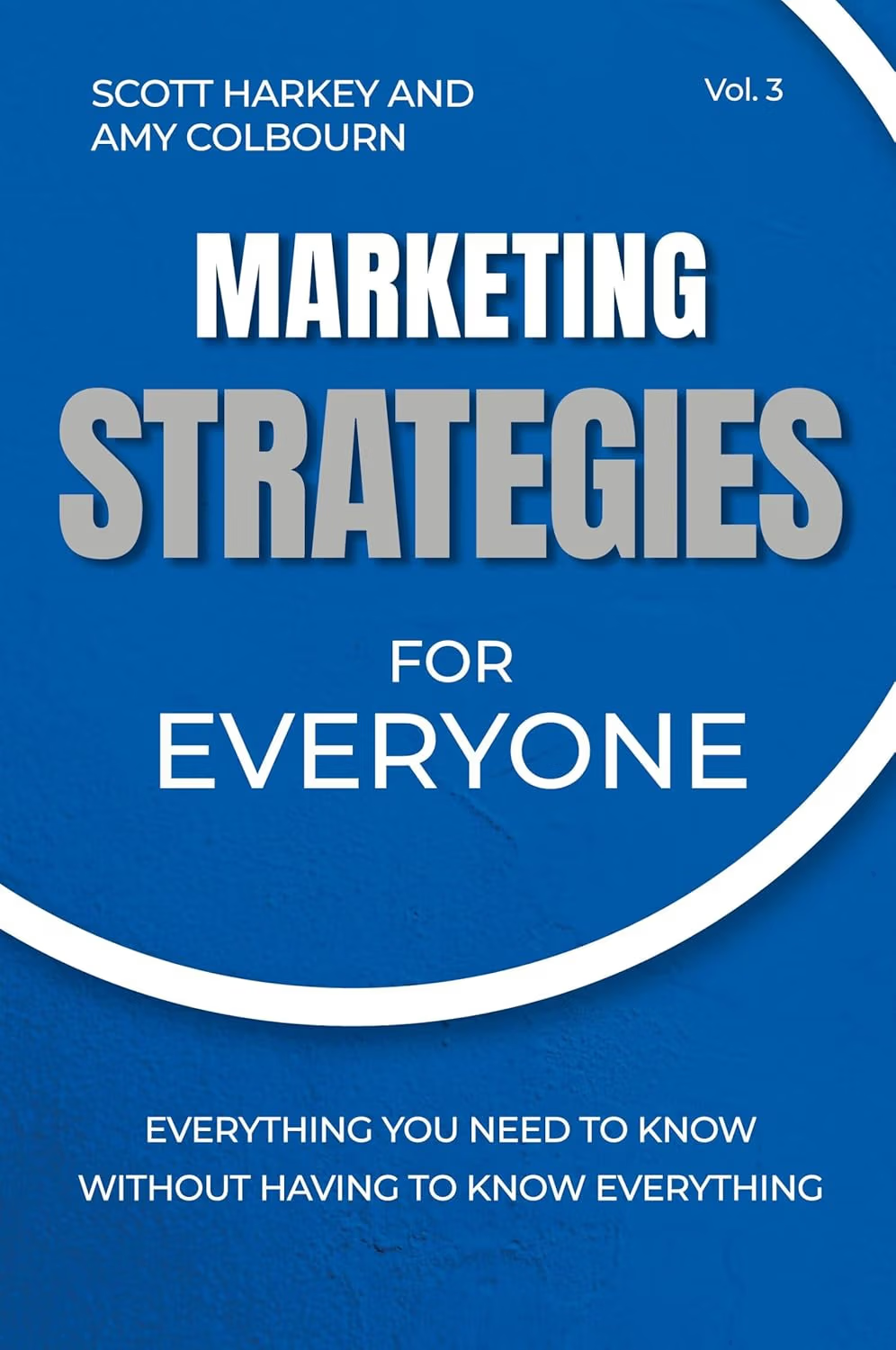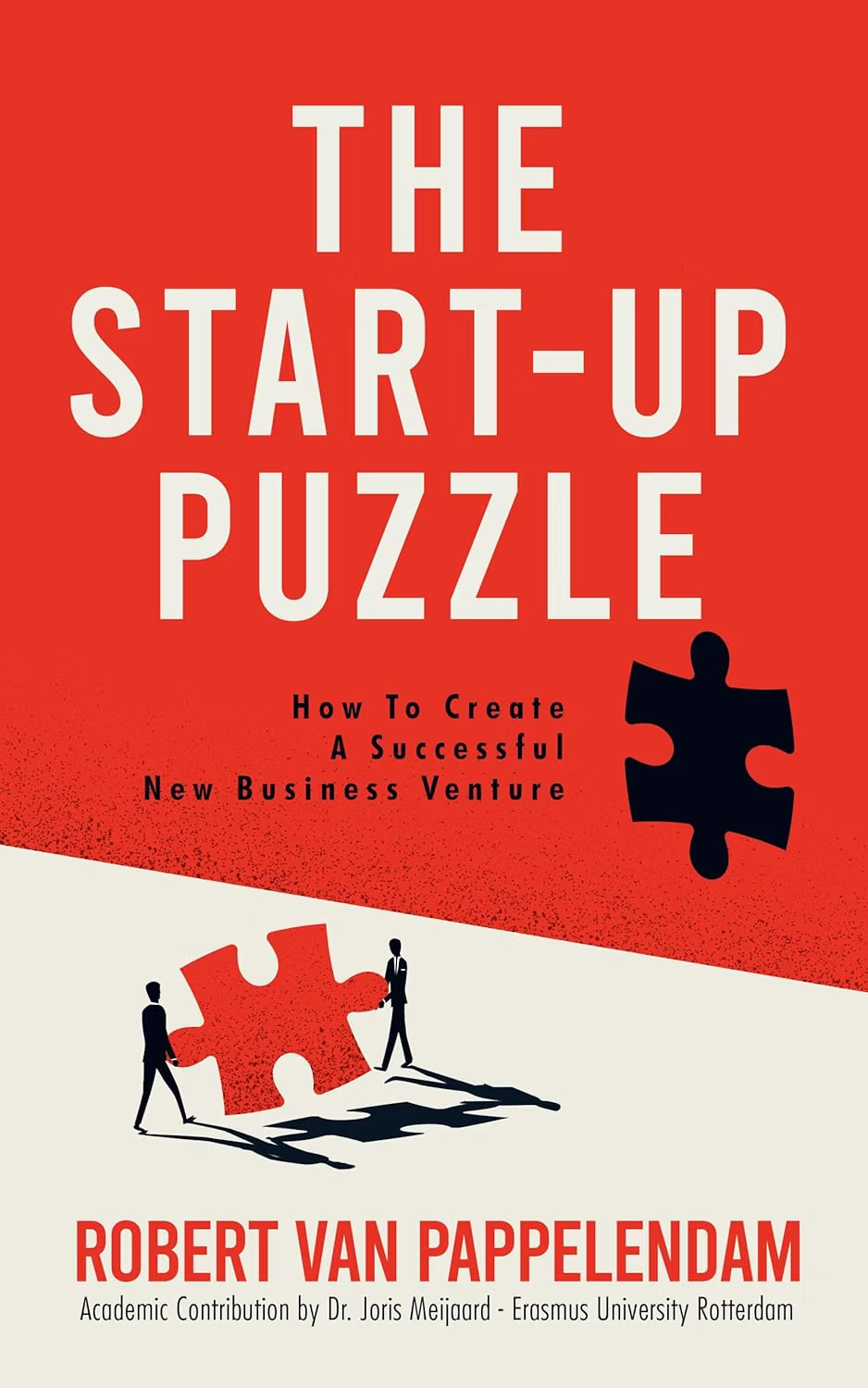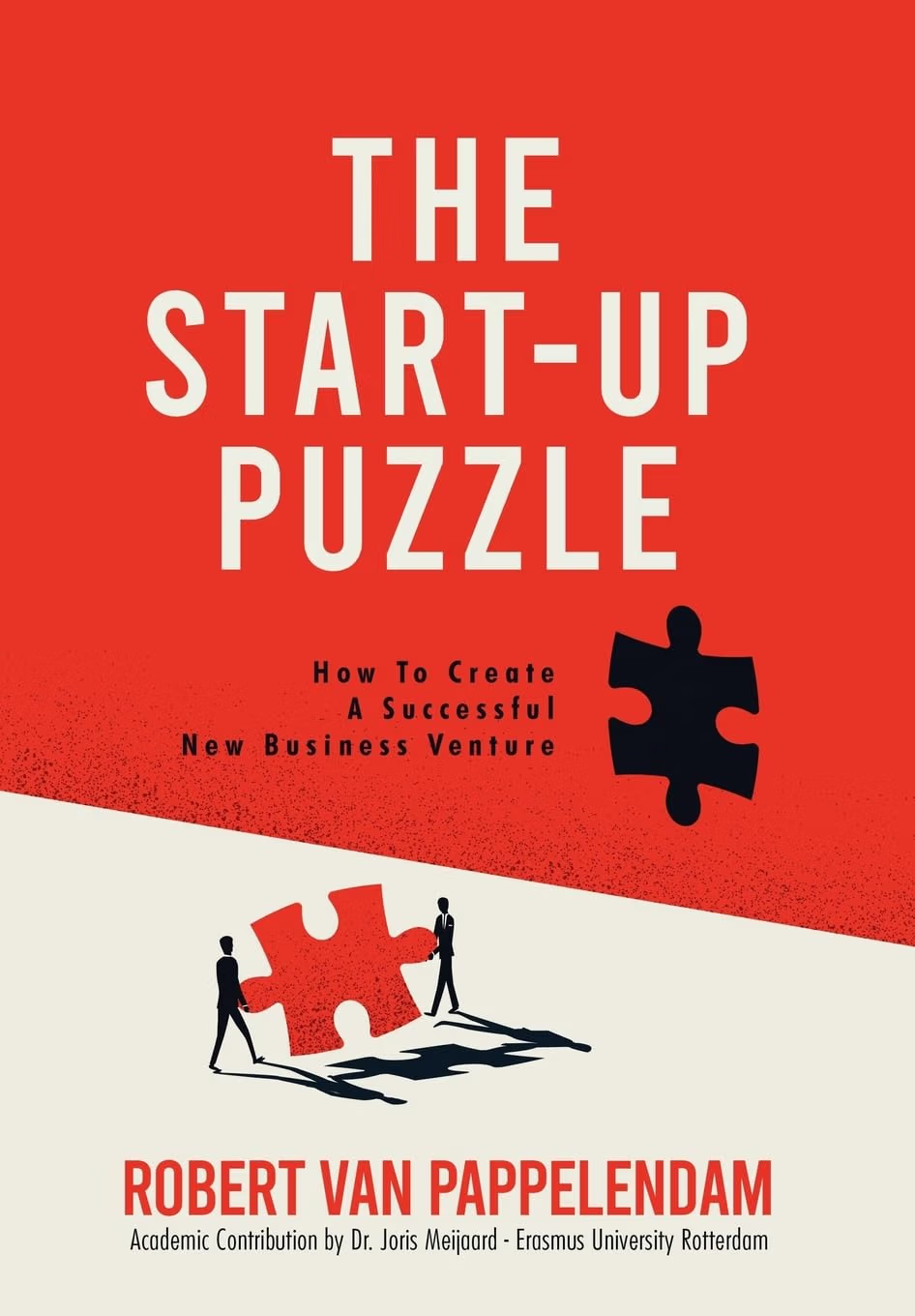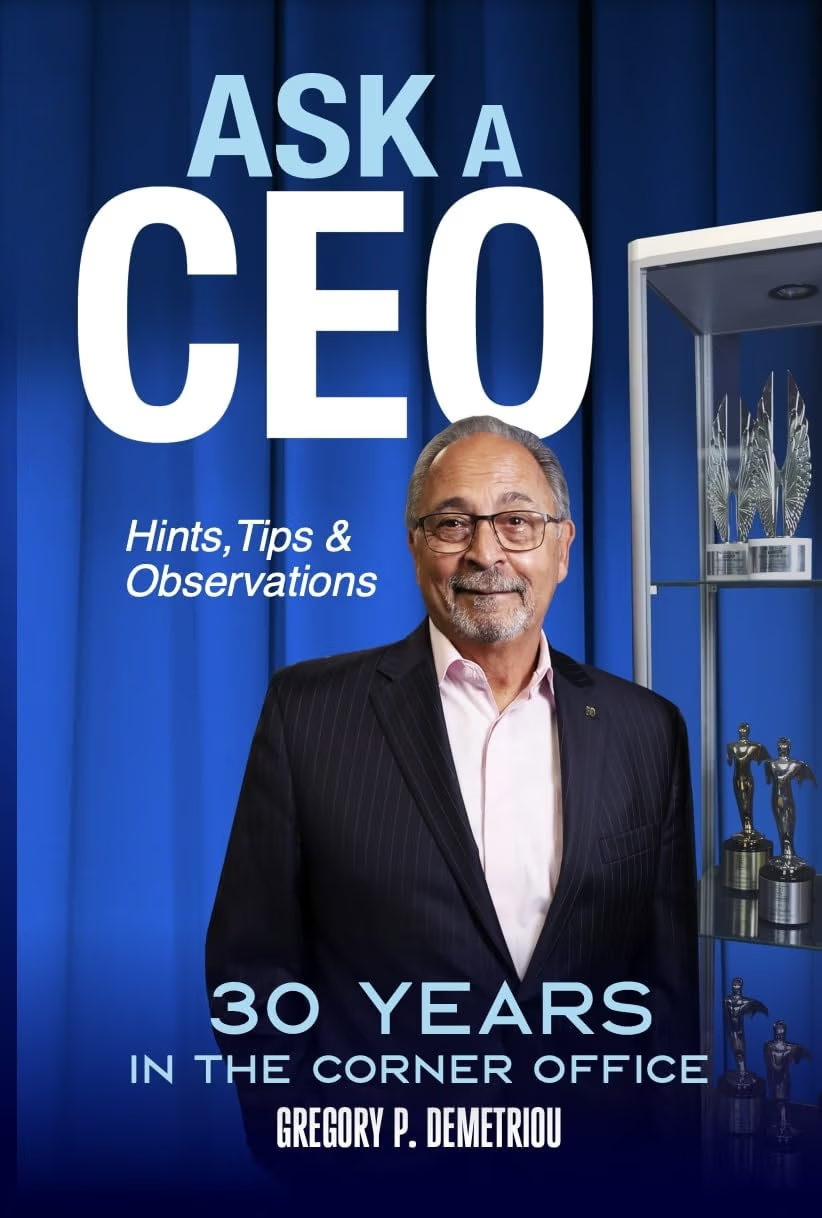In her first book, Rules of Engagement: Building a Workplace Culture to Thrive in an Uncertain World, Carolyn Swora achieves a feat rare for even the most seasoned authors–she masterfully blends deeply personal storytelling with highly practical advice. I read this book in an afternoon–it jumped off the page and grabbed me (with apologies to all the work I ignored that day).
Swora writes elegantly, with plenty of research and personal examples, about the challenges that all of us are currently facing at work. Change is constant. Our brains are wired to view change as a threat–and when our brains go into threat response mode, we shut down our capacity for creative problem-solving. Swora offers an alternative: by creating more human workplaces we can build more resilient organizations.
Reviewed by Edith Wairimu for Readers’ Favorite
VUCA: Volatility, Uncertainty, Complexity and Ambiguity, these four factors dictate the current business world’s form according to Carolyn Swora in Rules of Engagement: Building a Workplace Culture to Thrive in an Uncertain World. In this book, Swora discusses how people react to the changing scene in their jobs. In many cases, employees become more and more disengaged as pressure continues to mount. In such a case, Swora proposes looking at the four factors (volatility, uncertainty, complexity and ambiguity) as reminders of the situation we are in. She also looks into the concept of psychological contracts, how to succeed because of being mindful of employees’ needs, and she delves into the difference between output and productivity, and the importance of considering the culture of an organization. One important feature in the book that stood out for me was the importance of collaboration over competition. These, however, are just tidbits. The book contains much more.
Rules of Engagement by Carolyn Swora stands out from so many other books focused on the business world. In this book, there are many unique viewpoints proposed by the author. One particularly interesting discussion in Rules of Engagement is the use of the VUCA factors, not as a combined systematic model but as a nudge towards understanding our behavior and not becoming controlled by industrial factors. In this regard, Carolyn Swora also explains the importance of dealing with issues as they arise and not waiting for the storms to pass as they will be succeeded by other storms. Also, the importance of growing leaders and not just employees was another fascinating perspective. The practical examples were a great plus too. Ultimately, I got so many takeaways from reading Rules of Engagement. Any other reader interested in the topic will definitely learn from Carolyn Swora’s expertise.
Reviewed By Vernita Naylor for Readers’ Favorite
There are so many things that can be overwhelming especially in today’s work culture. People do not understand that there are differences between being a manager and being a leader. A manager’s primary duty is to handle people and to process HR metrics to accomplish the company’s goals, while a leader’s primary duty is to guide and empower people to make them feel a part of the company’s goals. In Rules of Engagement: Building a Workplace Culture to Thrive in an Uncertain World by Carolyn Swora, the reader will learn two things: 1) the aspects of an effective leader, and 2) how an employee can thrive in the workplace. It has repeatedly been stated that technology makes our lives better, but does it? Technology has provided us with some great advantages for making some aspects of our life simpler, but it appears that employees are unhappier than before. In this book, Swora includes information, data, metrics and a summary at the end of each chapter to assist the reader in navigating through the workplace to gain satisfaction. Also, the Four Rules of Engagement offer some words of wisdom that you can use not only in the workplace, but in your personal life.
For me, this book was so instrumental, not only because of Swora’s 20 years of leadership working in a toxic environment, but also because it is viewed from the employee’s perspective. This is the type of material that employees need because it will help to bring balance while offering solutions. Swora uses personal examples and stories to bring relevance to this book. The VUCA concept – volatility, uncertainty, complexity, and ambiguity – that Swora points out throughout the book gives a voice to the continual messages that ring throughout companies all over the world. By tapping into The Rule of Connection, The Rule of Collaboration, The Rule of Adaptability and The Rule of Equivalence, the reader will be able to build and thrive in an uncertain workplace.
Reviewed By Gisela Dixon for Readers’ Favorite
Rules of Engagement: Building a Workplace Culture to Thrive in an Uncertain World is a non-fiction book on how to develop and sustain a culture of growth, participation, and enthusiasm in the workplace. Carolyn Swora draws upon her own experience of working in the corporate world for several years to talk about tips and strategies that enable employees to feel excited and engaged in the workplace. Rules of Engagement is divided into three main parts, each with its own sections and sub-sections: an analysis of the most common current problems in the workplace and some of the reasons for this; how to understand contemporary culture, and introducing new ideas and approaches for leading and managing the workforce in today’s world; introducing the four rules of engagement of Connection, Collaboration, Adaptability, and Equivalence. Throughout the book, there are many anecdotes and personal experiences that Carolyn shares with readers, along with additional resources on the internet.
I really liked Rules of Engagement: Building a Workplace Culture to Thrive in an Uncertain World by Carolyn Swora and thought it was obviously a subject that Carolyn knew well. She has also presented it in a very thorough and engaging style, which makes it an interesting read. I especially liked how she has pulled in data and research from various fields to explain human psychology, how individuals work, their needs and wants, etc. This comprehensive approach enables the reader to not only understand how to make changes in the workplace culture and leadership style, but also understand where it’s coming from. This is a great book for anyone working with or managing people in their workplace.
Kirkus Review
A debut guide offers advice on navigating the chaotic world of work. As a “workplace culture architect,” Swora believes “the key to the future success of companies is how well networks of teams operate together.” But the challenges faced by groups and their leaders, according to the author, are daunting; they center on volatility, uncertainty, complexity, and ambiguity, identified in this well-crafted manual with the acronym “VUCA.” The book begins with an exploration of the manner in which the workplace is affected by VUCA and how it impacts people and organizations. A somewhat bleak but realistic picture is painted–“people are drowning,” the office is filled with “chaos and unpredictability,” and managers “are just scrambling to keep up.” The solution, writes Swora, is to create a “Purposeful Workplace Experience,” a term she has trademarked. The second part of the book examines the attributes of this experience, referring to the frequently cited Abraham Maslow’s hierarchy of needs, which identifies requirements necessary for human well-being. Here, Swora concludes that “performance happens at the intersection of purpose and belonging.” The author perceptively points out that both customers and employees “experience” a company. The worker experience revolves around the organization’s culture–“the shared beliefs, values, understandings and perspectives held by all the employees in your company.” The elements of this culture must be “fully aligned” for there to be trust between individuals and the organization. According to Swora, if these facets are skewed, the Purposeful
Workplace Experience can help restore the alignment. Part Three of the guide concentrates on four “rules” that make up that experience; each of them is explained in detail. The smart, sensible manual puts a novel spin on corporate culture, is well thought out, and has a good mix of theory and workplace examples. One example, which threads throughout the
book, adds a very personal angle. It is the author’s own heart-wrenching experience facing a crisis in her personal life as she tries to balance it against her work responsibilities.
Shows real insight into the turmoil of the contemporary workplace; business leaders should take note.

